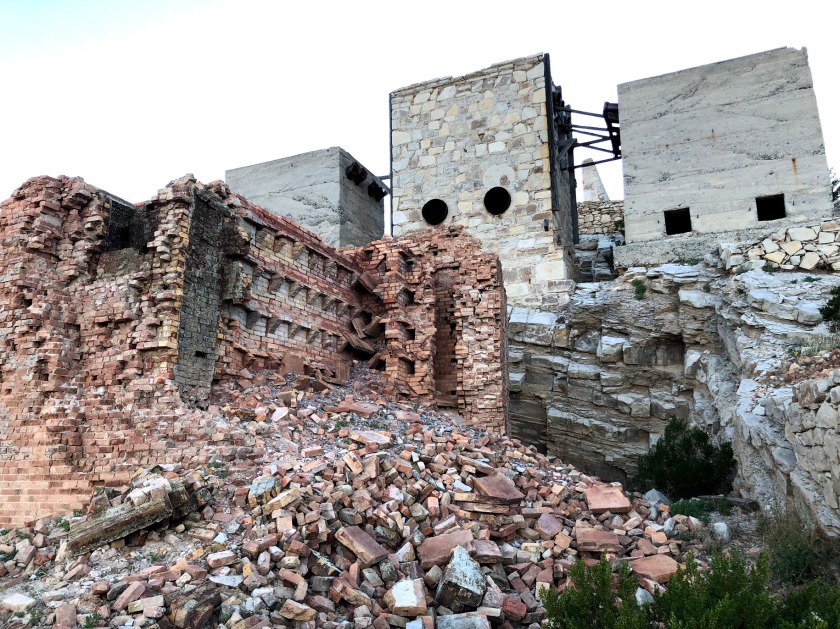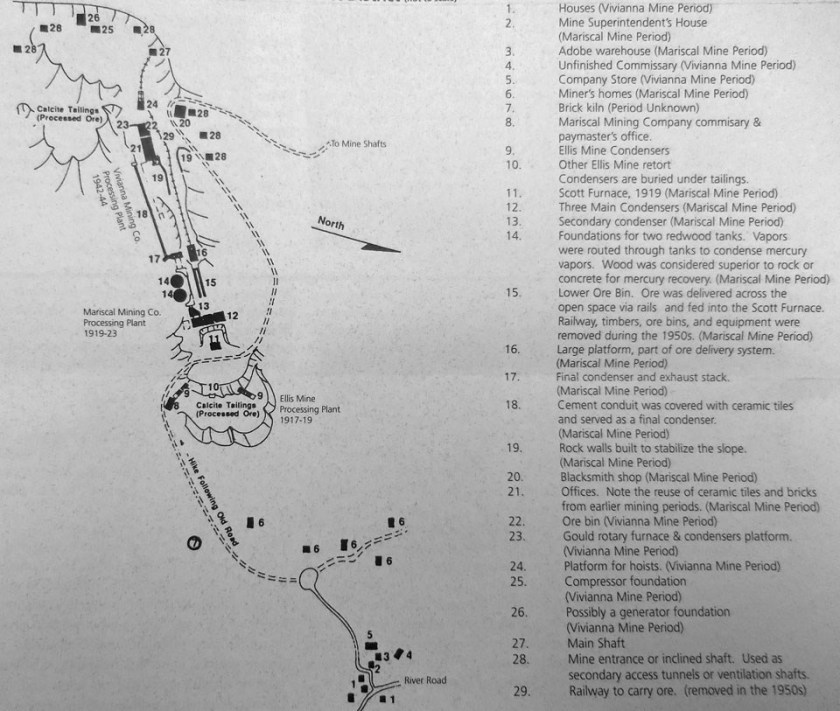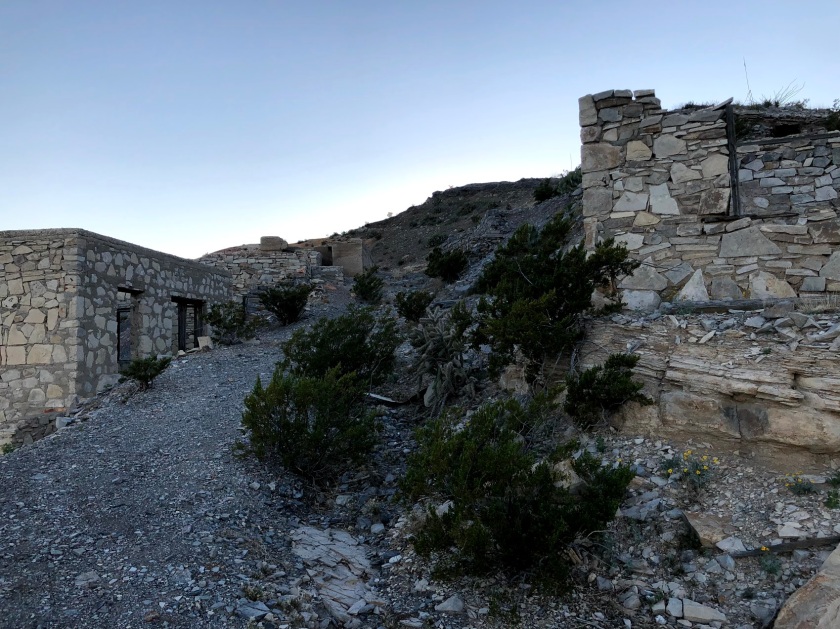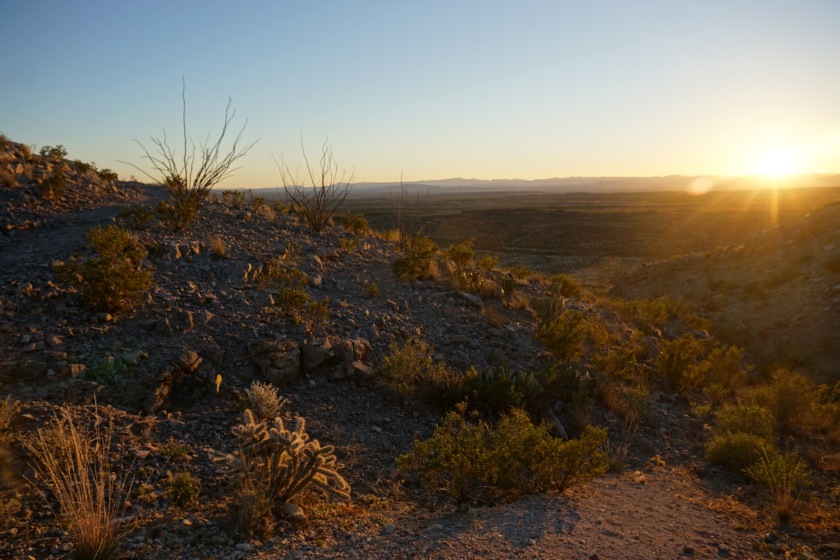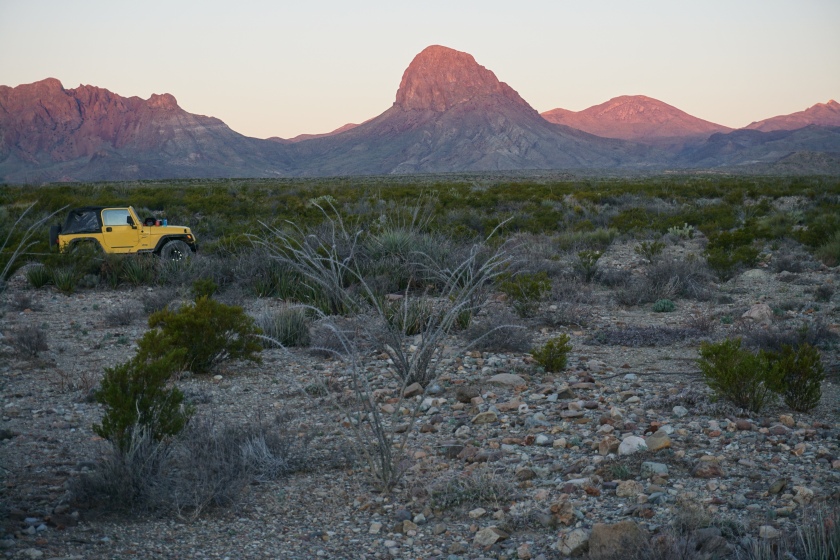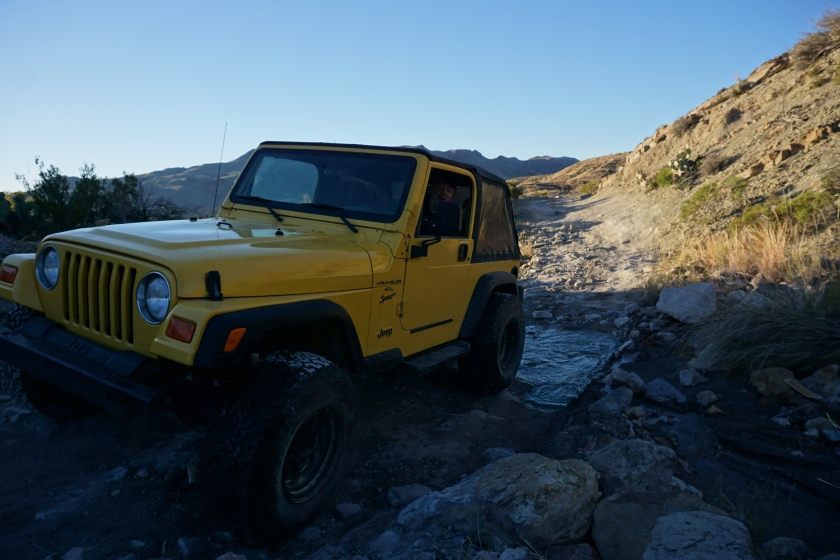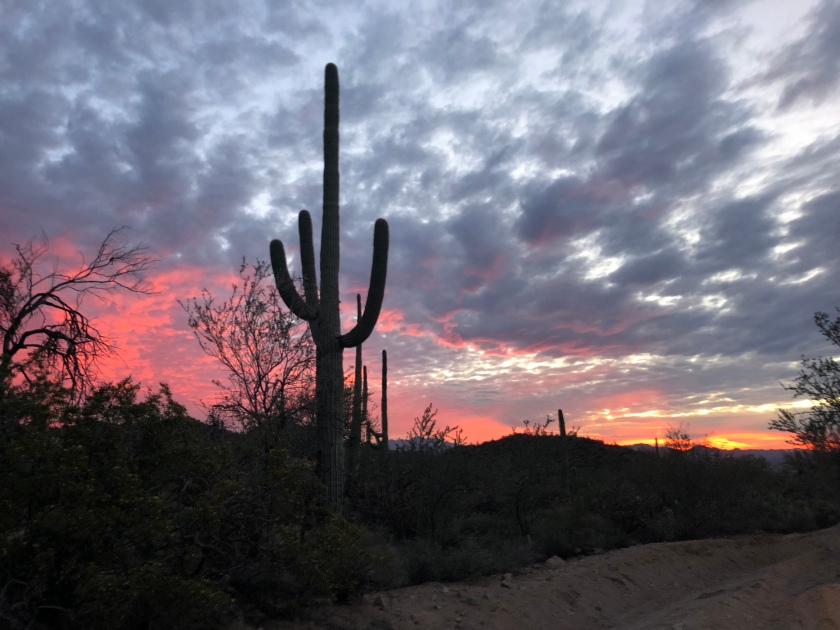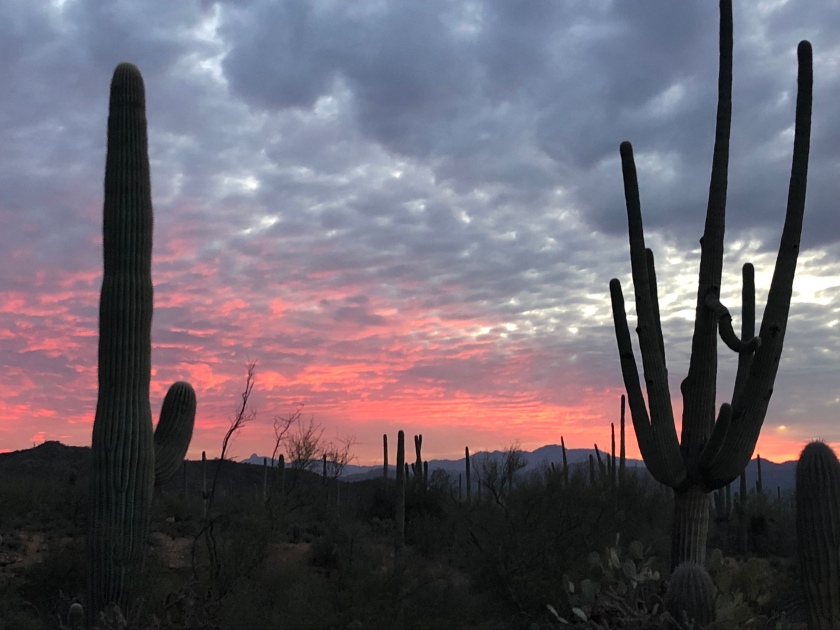Big Bend National Park is a wonderful place! Collectively I have spent over a month exploring the park’s near 1,300 square miles (that’s 10x the size of Atlanta). Each new visit brings new places I had never even heard of to explore. One could spend a lifetime in the Big Bend country and still have more to explore. On our last trip one of these places was Ernst Tinaja.
Ernst Tinaja is by no means a secret but it is tucked away in the less visited eastern side of Big Bend National Park. The trailhead is located off the Old Ore Road about 5 miles from the south entrance near Rio Grande Village. Old Ore Road is considered a 4×4 high clearance only road but as long as it is dry most vehicles can make it to Ernst Tinaja driving carefully (if it has been rainy I would not attempt it, visit Panther Junction visitor center for road info). Along the way are beautiful views of the desert and Chisos Mountains.

Chisos from Old Ore Road
Along the road are a few landmarks starting with Candelilla campsite (one of my favorites), then Camp De Leon campsite and the nearby grave of Juan De Leon (a mysteriously murdered mexican man from the area’s more lawless times). Soon after Camp De Leon is Ernst Tinaja campsite and trailhead marked by a small stone sign. If you hit the La Noria campsites you’ve gone too far.

Grave of Juan de Leon
The trailhead is marked by a small metal sign like most others in Big Bend.
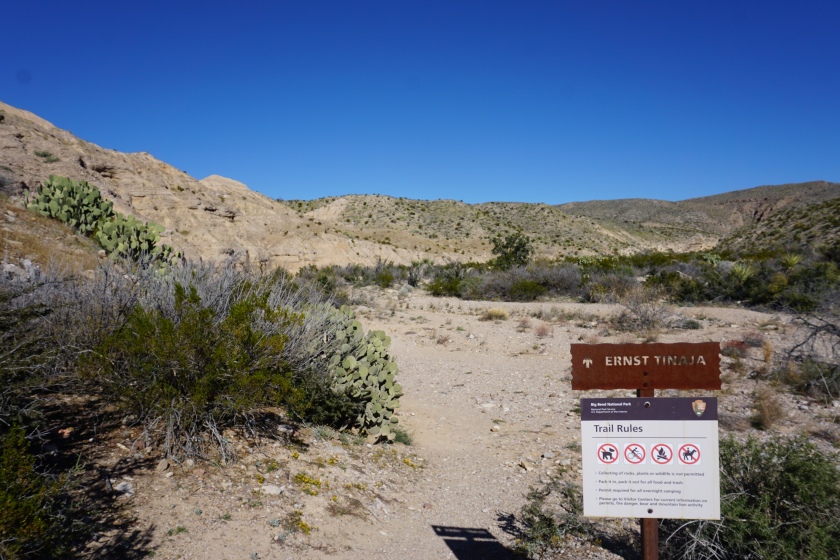
The trail starts in open desert and moves into a valley that then narrows into a canyon. In the valley are large stone ridges running across the trail with small pools of water (after rains anyways). Like many places in Big Bend the past is evident in the geology of the area and it is very clear a river flowed through this area creating the valley and canyon.
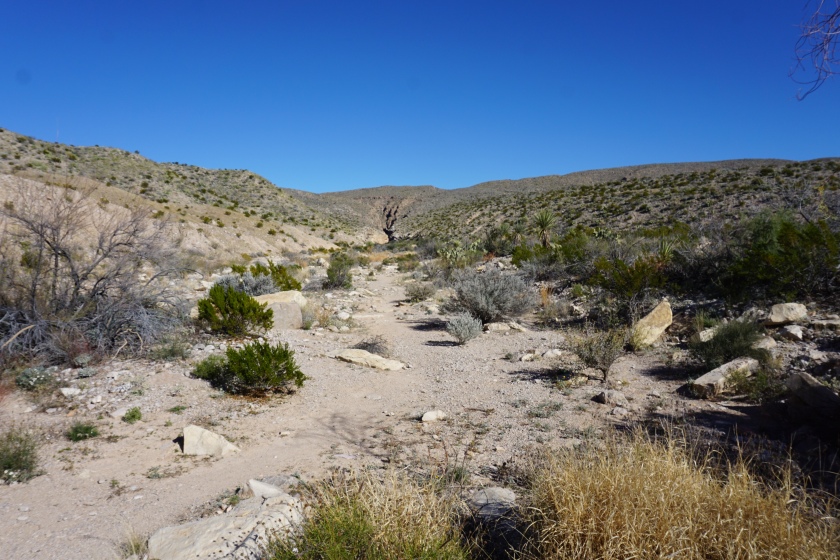

As the valley narrows into a rocky canyon there is a relief of shade created by one of the canyon’s walls during most of the day. When the temperatures can regularly reach the 90s even in the winter, any respite from the sun is welcome. The ground is loose and gravely like most dried up desert creek beds until quickly and suddenly turning to smooth pinkish brown limestone with a slight climb up.

Inside the limestone are three ‘Tinajas’, pockets of water collected from past rains (Tinaja literally means Jar in spanish).


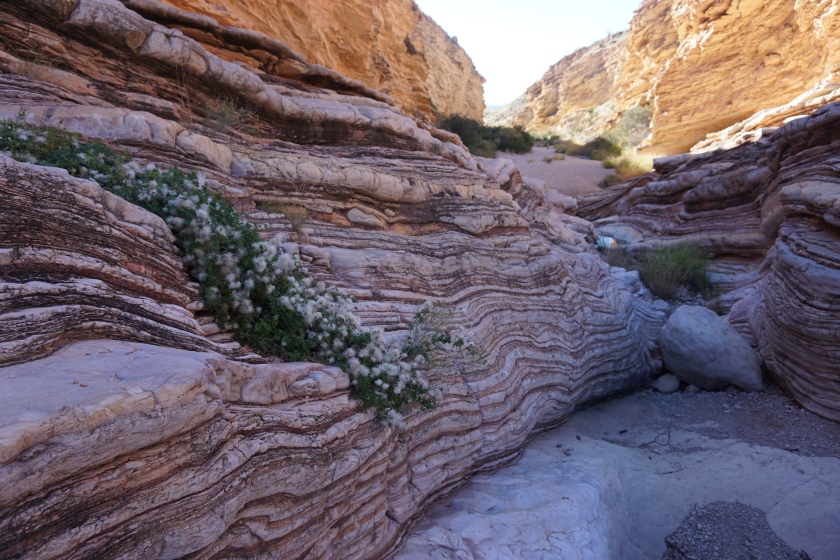

I had fun playing with the tinaja reflections
The climb up and around the tinajas is fun and can feel a little sketchy (especially when you’ve heard accounts of mountain lions drowning in the very tinaja you are scrambling by).
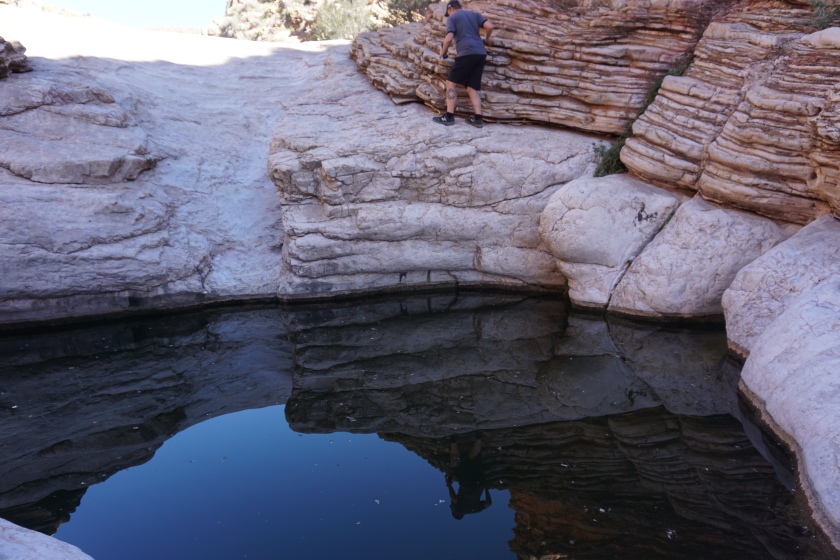
Just past the Tinajas on the left side of the canyon is a fascinating force of nature captured in rock where presumably whatever water once flowed through distorted and twisted the limestone wall into a small cave (another place to hide from the sun).
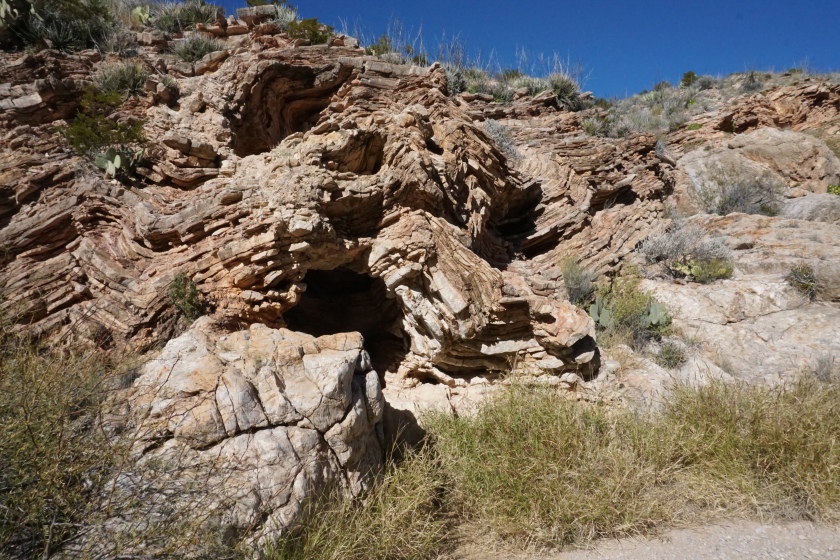
At this point there are two options: turn back or carry on. The canyon continues for miles eventually hitting Ernst Valley (or at least the hills before Ernst Valley, I have not explored this far). With what seems like endless desert to explore turning back wouldn’t be a bad option either.


PSA: Anyone hiking here should know their limits and pack accordingly to their trip. Over 400 people die in National Parks every year with a majority of these deaths being because of drowning or heat exhaustion (both very possible in Big Bend). Visit the Panther Junction visitor center to get info from rangers on how to explore Big Bend safely.
To sum it all up: Ernst Tinaja is incredible and is a highlight of that trip for us now. If you have the ability to hike there, you should. Be careful and have fun! 🙂
Thanks!
– Josh

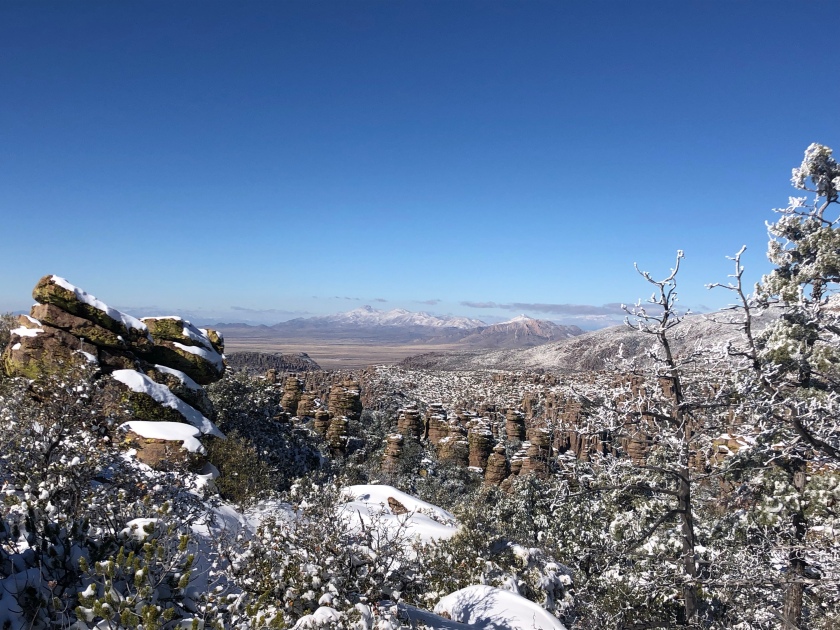



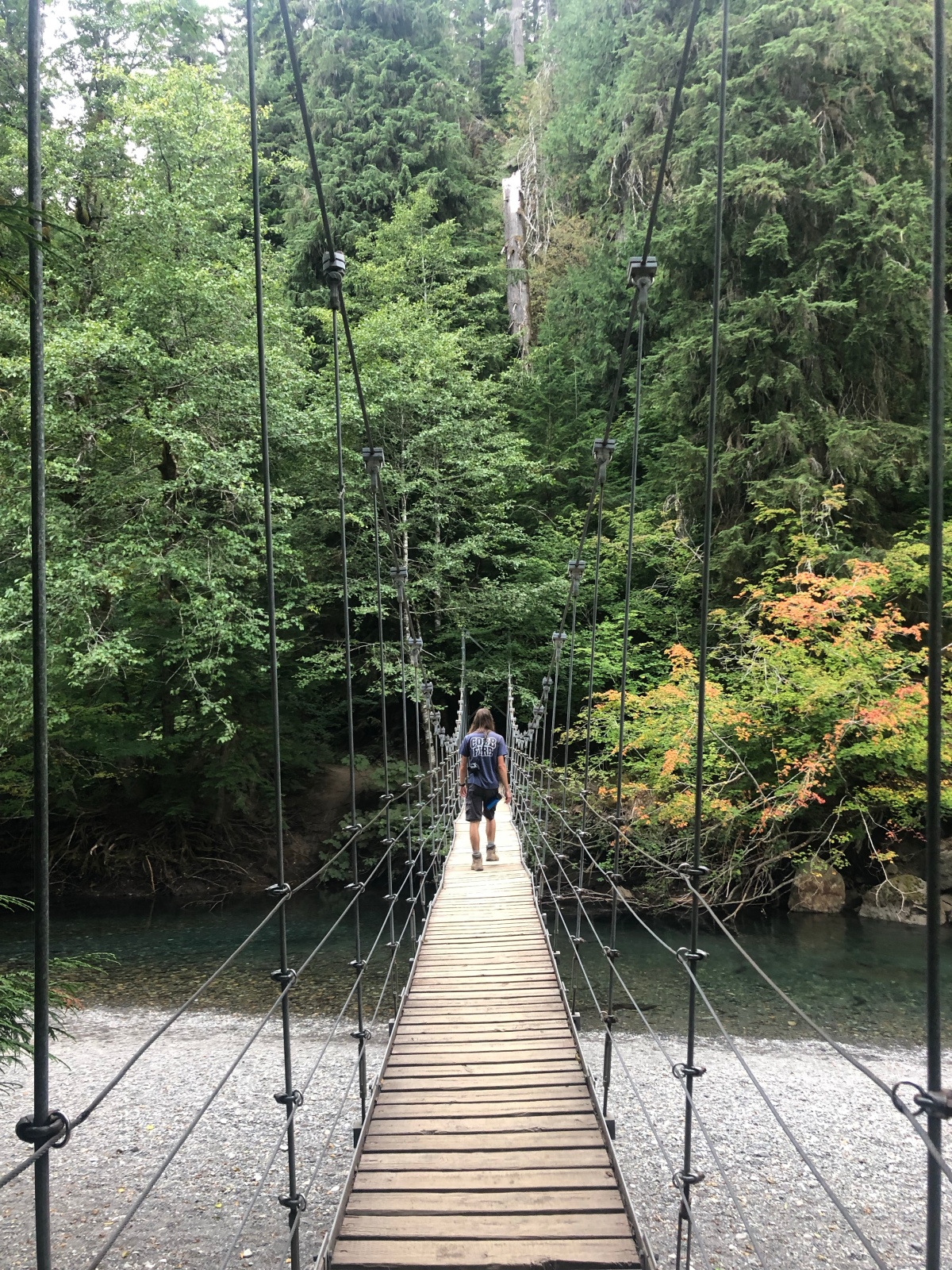






















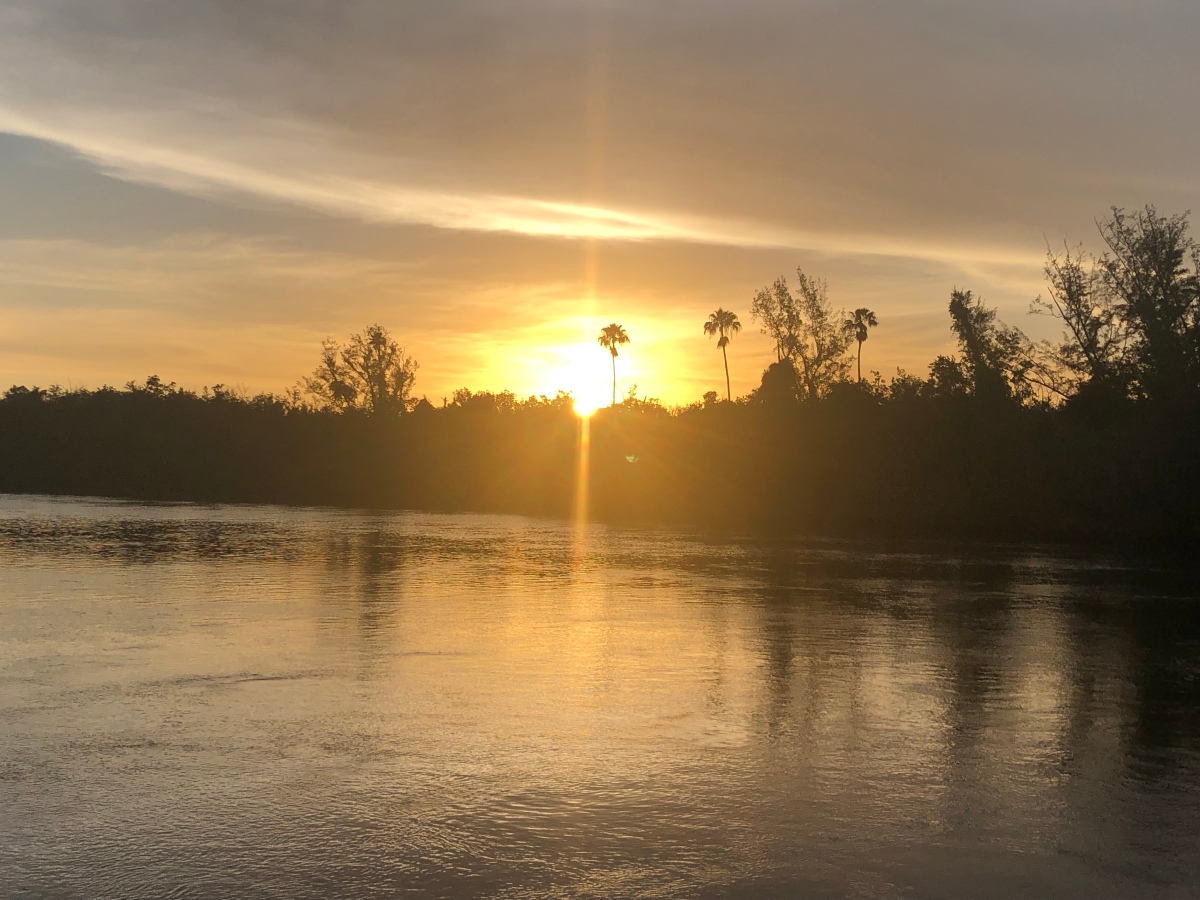



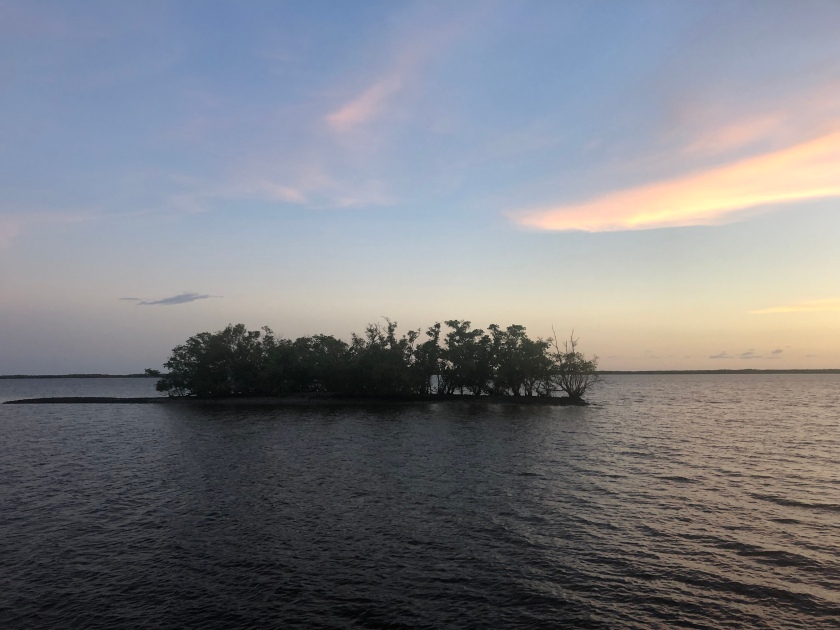
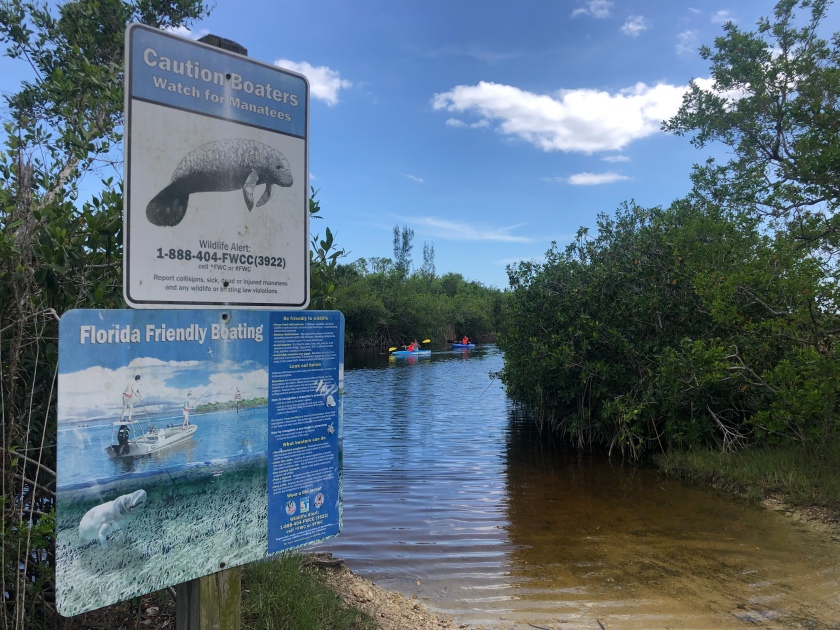





 Sea Lions are pretty lazy
Sea Lions are pretty lazy

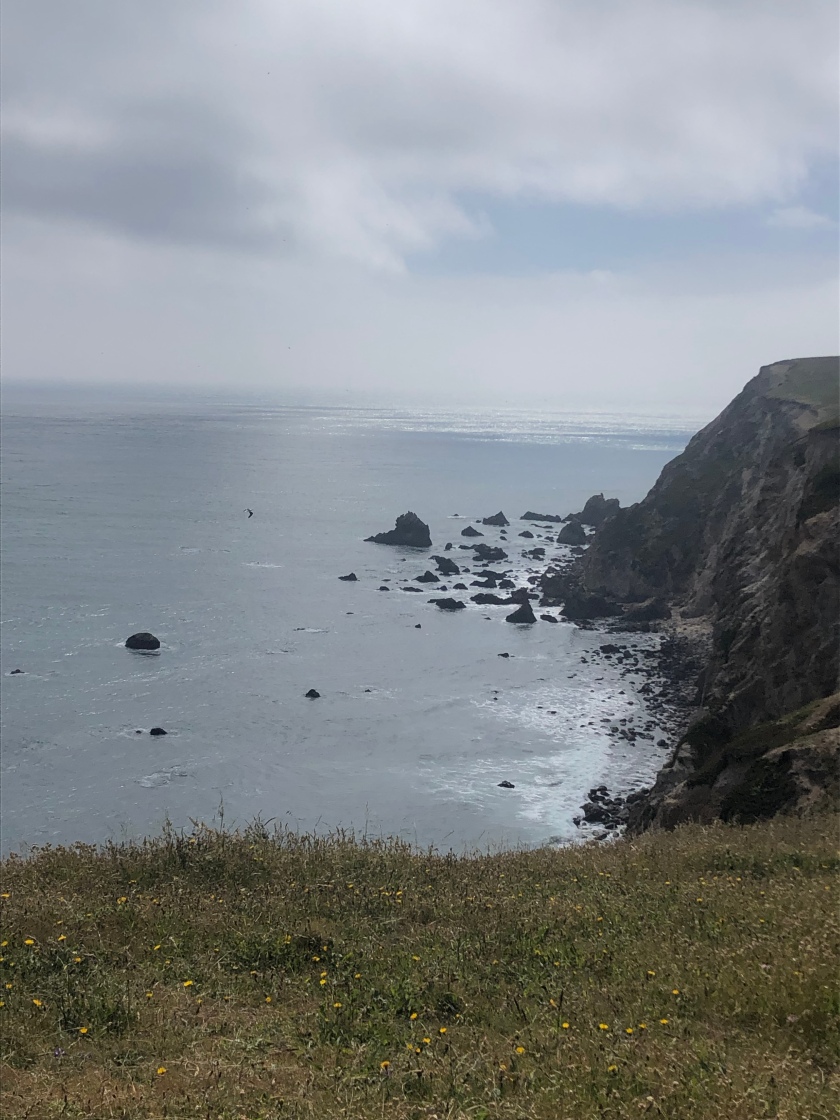
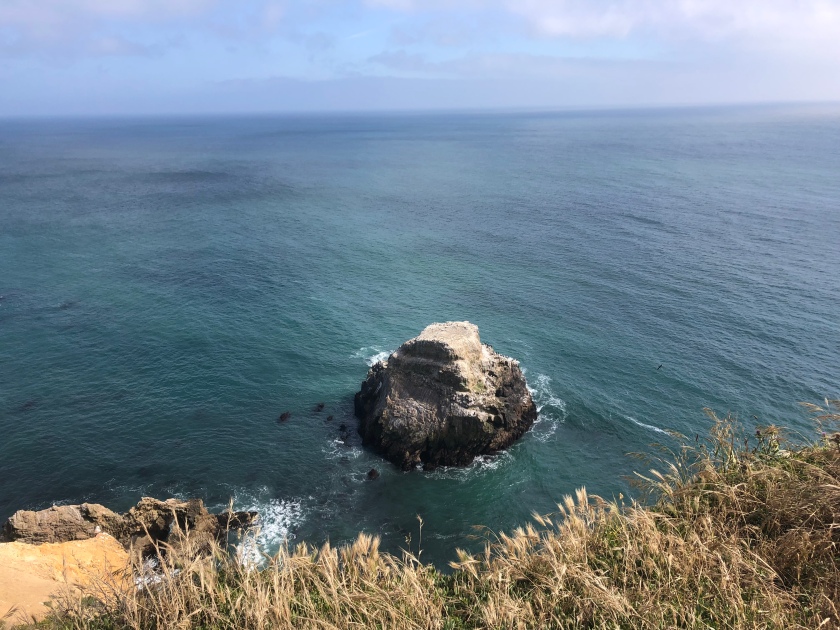 Chimney Rock. My iPhone camera couldn’t pick up the whales sadly.
Chimney Rock. My iPhone camera couldn’t pick up the whales sadly.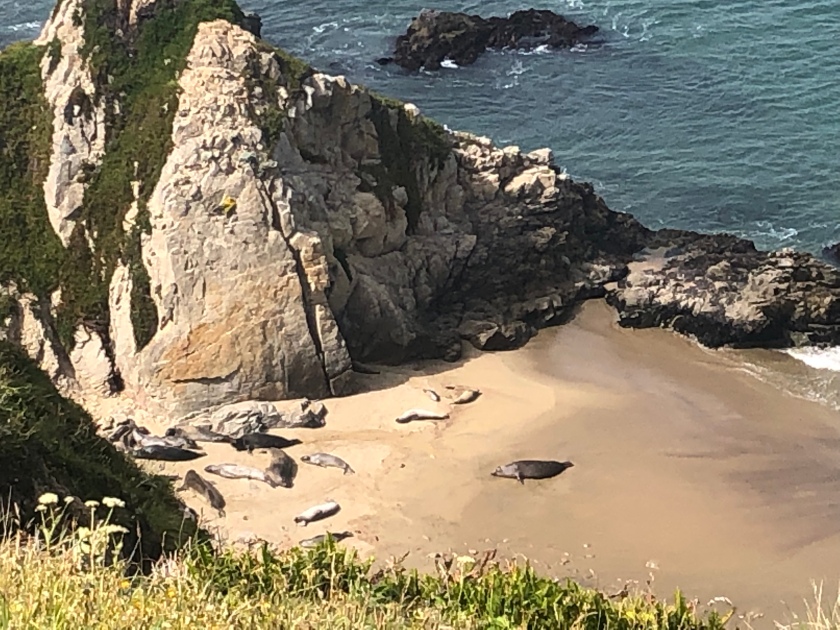
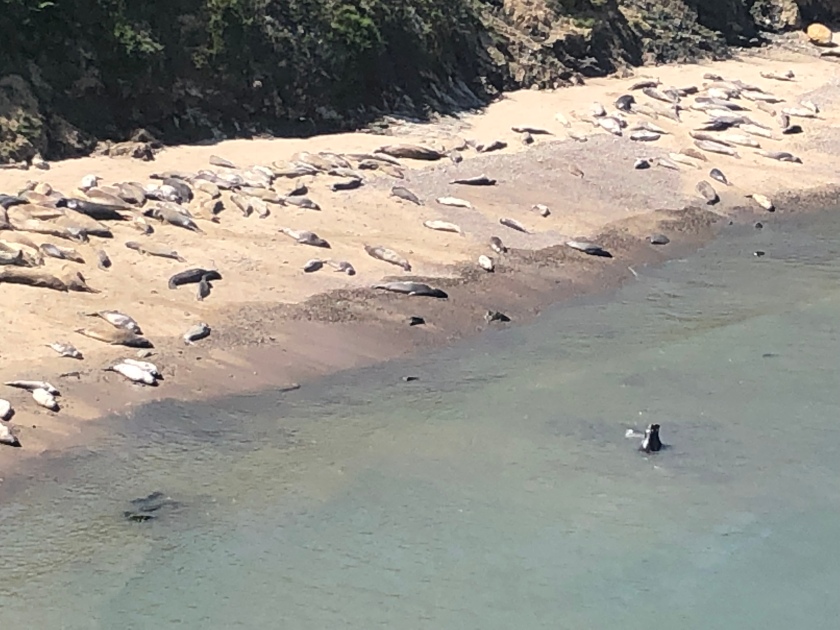 More elephant seals.
More elephant seals.
